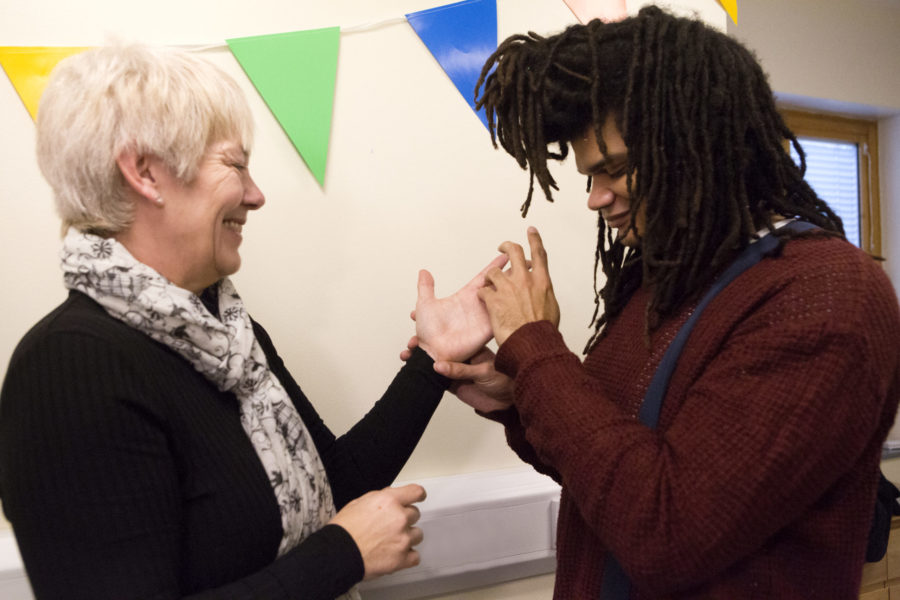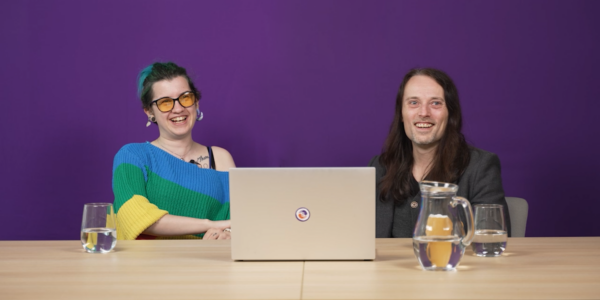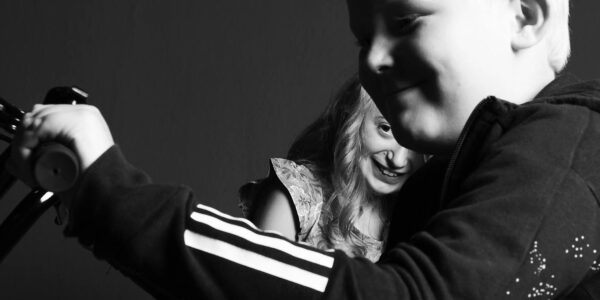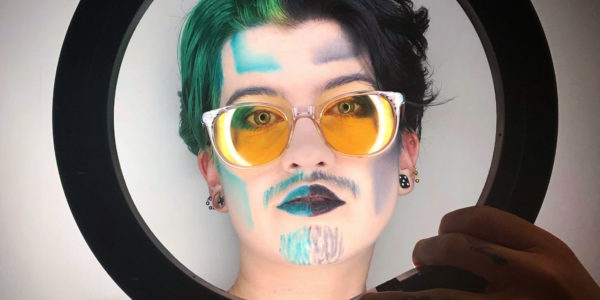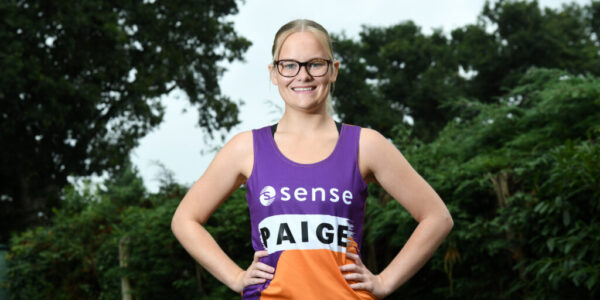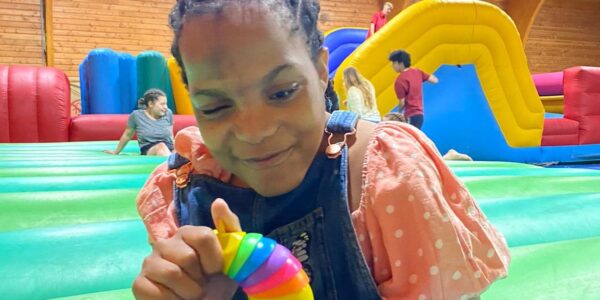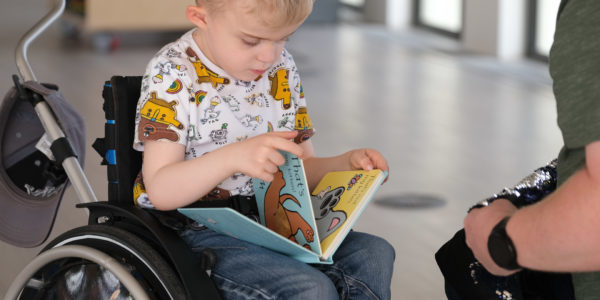Deafblind Awareness Week 2023
Deafblind myth busting
In this video for Deafblind Awareness Week 2023, watch Max, Ian, Emma and Becca take on common misconceptions about what it’s like to be deafblind.
Descriptive transcript for the video
Emma, a woman with short brown hair and thick-lens glasses, sits at a table in front of an open laptop. She raises her hands and claps. This is followed by three more takes of people sitting at the table raising their hands to clap.
The background blurs and a white brushstroke appears. The words ‘Deafblind myth busting’ appear.
Voiceover: Deafblind myth busting. Emma, Ian and Max are deafblind and Becca works with people who are deafblind.
Each of the guests at the table introduce themselves.
Emma: So my name is Emma Blackmore. I have brown short hair. Glasses with quite thick lenses. I am wearing a white t-shirt with a pug sticking it’s tongue out.
Ian: My name I Ian Treherne and I am from Southend, Essex. I have long brown hair and I have many tattoos on my hands and my arms.
Max: I’m Max. I am a white, genderqueer person. I have bright blue hair that used to be green, and I’m wearing, like a rainbow-ish jumper and I have some blue tattoos as well.
Becca: My name is Becca Hinder, I have long ginger hair, and I have wonky glasses because a child ran up to me and stood on them and I’m too lazy to get them fixed.
The background blurs and a white brushstroke appears. The words ‘Myth one: I wouldn’t know how to communicate with someone who is deafblind.’ appear on screen.
Max and Ian are sitting together at the table. They are looking at each other and laughing during the conversation.
Ian: So, Max. I wouldn’t know how to communicate with someone who was deafblind.
I mean, the fact that we’re talking now kind of proves the point, doesn’t it really? We’re doing pretty well, so…
Max: Yeah, it really is that easy.
Emma and Becca are sitting together at the table. Becca is facing Emma. Both women are gesticulating with their hands as they speaks.
Emma: People communicate in different ways. I do speak, but someone has to be close to me, facing me.
Speak not slowly or shout. Never ever shout at someone who’s hard of hearing or Deaf because it’s just…It’s just…No but someone else could be completely different to what I’m like. So just ask them first.
Becca: Obviously we’ve got BSL, but not everyone knows BSL and also not everyone who is hard of hearing or Deaf uses BSL.
We return to Max and Ian. Ian gesticulates with his hands while speaking to Max, who nods along in agreement.
Ian: There is a special or particular sign language for…
Off screen interviewer: Deafblind manual!
Ian: Deafblind manual. Is that what it is? It’s by holding the communicators hand o they kind of sign language through touch which is really impressive.
Max: And it’s always the people that are like “I wouldn’t know how to communicate with someone that’s deafblind” that are always like “Oh! But I don’t know BSL so I can’t talk to you. Bye.”
Ian: And they just, like, write you off very quickly.
Max: Like, those are the people I want to go away. They can leave me alone any day of the week. I am totally fine with that.
We return to Emma and Becca.
Becca: There’s so many different ways to communicate. I think one big thing is, is not to leave them out.
Emma: Yeah. Yeah.
The background blurs and a white brushstroke appears. The words “Myth two: You don’t look deafblind.” appear on the screen.
Becca: Have you ever had anyone say to you that you don’t look deafblind?
Emma: Yeah. Too much actually. It’s one of those things that all of us tend to get asked at some point in our life.
We return to Max and Ian.
Ian: Society have a very warped view on deafblindness.
Max: I hear all the time “Oh, you don’t look deafblind.” Okay. And? Wow I’m cured. Thanks.
Ian: I think people in society have this sort of, template of what a deafblind person looks like. Someone with dark shades on. A guide dog. A white cane. It’s kind like of a starter pack.
Max: I really want to get on that deafblind starter pack. I want one of those.
We return to Emma and Becca.
Emma: Oh I don’t know, what are we meant to look like? Is it like, not a human thing or like you show me what I’m meant to look like.
Becca: Yeah. What do you think I should look like?
Emma: Yeah. Someone kinda said to me once, “But your eyes don’t roll back, so you’re not deafblind.” I was like what the **** is that meant to mean?
We are humans. Like, I’m still Emma.
The background blurs and a white brushstroke appears. The words ‘Myth three: People who are deafblind don’t dream.’ appear on the screen.
We return to Max and Ian.
Max: Deafblind people don’t dream? Because dreams are typically quite visual they think that if we can’t see that, it must be…
Ian: Yeah, like a blank screen.
Max: …nothing there to go by but like, that’s not how visual impairment works. That’s not how blindness works. That’s not how any of it works.
Ian: Ironically, when I’m dreaming, I’m actually fully sighted.
Max: Oh, interesting.
Ian: Are you?
Max: No. I have visual snow in my sleep.
Ian: Isn’t that interesting?
The background blurs and a white brushstroke appears. The words ‘Myth four: People who are deafblind have superhuman senses.’ appear on the screen.
We return to Emma and Becca.
Becca: For people who are deafblind their other senses are like, superhuman.
For someone who has any kind of sensory loss weather that be their hearing or sight, their other senses are more enhanced with their smells but then that’s just something to be aware of but that doesn’t mean it’s superhuman. It could just mean sometimes the other senses are higher due to sensory loss in another sense.
Emma: I don’t know, you can’t smell through walls or ceilings or anything. I couldn’t smell like, what’s going on in Tesco over the road.
Becca: But let’s not be overdramatic.
Emma: Yeah. Yeah.
The background blurs and a white brushstroke appears. The words ‘Myth five: People who are deafblind don’t use phones.’ appear on the screen.
We return to Max and Ian. Max is grinning and looking to camera.
Max: Deafblind people don’t use phones.
Ian: Mmmm.
Max: I love this one. So I’m night blind, so I use a cane when it’s dark outside. So I’m there outside navigating just like the ground with my cane and I’ve got Google maps on my phone at full brightness and everyone is like, “How…wha-hang on a minute. You’re reading your phone, but you’ve got a white cane?” And I’m like, “Yeah, can’t see that, can see that.”
We return to Emma and Becca, who are both smiling.
Emma: Technology, technology is the most amazing thing. It really is. I have my print in literally the biggest size possible. A very bright screen. I mean, granted that everyone’s phone calls have to be on loudspeaker when they ring me but I tend to do text.
We return to Max and Ian. Max waves their arm out dramatically as they speak, while Ian laughs and makes a “mind blown” gesture.
Max: I have the control of the light settings on my phone whereas like, I cannot turn the sun back on. Hey, hey, stop. Turn the world back around because it is inconvenient for someone’s impression of me.
Ian: I used to get so many judgmental stares because I used to, you know, read a book or, you know, doing texting.
This is one of the reasons why I do photography. Photography and being practically blind, it’s going to hurt people’s brains.
The background blurs and a white brushstroke appears. The words ‘Final thoughts.’ appear on the screen.
Max speaks directly to the camera, while Ian listens.
Max: From Deafblind Awareness Week and this video and everything that you see about disability and deafblindness, is just take with you that difference is normal. Don’t be weird about it.
We return to Emma and Becca. Both women speak directly to the camera rather than to each other.
Emma: If you are curious or even you come across someone who’s deafblind like maybe ask them how they like to communicate.
Becca: You know, working with families who have children or adults that are deafblind, the struggles that they go through regularly because people, they don’t know about deafblindness or how to accommodate it.
Emma: It may not mean a lot at the time, but it does mean a lot for us.
We return to Max and Ian. Ian speaks directly to the camera.
Ian: Don’t be so scared. Just to be open minded and you know, myself, I’ve got disabilities, but it doesn’t make me an expert.
Be brave. Be open-minded and you’d be surprised what you might learn.
We return to Emma and Becca, who smile at each other and share a high five.
Emma: Spot on.
Becca: Go team.
We return to Max and Ian, who smile and laugh together.
Ian: It’s very complex, isn’t it?
Max: It’s very complex.
Ian: No wonder society is confused.
The background blurs and a white brushstroke appears. Words appear and a voice reads out.
Voiceover: Find out more at Sense.org.uk/deafblind-awareness-week
Two dots appear. Orange on the left and purple on the right. The dots spin around the screen then comes together in the centre, forming two hands with the letter S in the middle. This is the Sense logo. Text appears below the logo.
Sense. No one left out of life
Are you deafblind, or do you know someone who is?
We’re always here to offer support, information and advice. If you have any questions, get in touch with our friendly team.
What is deafblindness?
Deafblindness is having both sight and hearing loss that affect your everyday life.
Some people are born deafblind. This is called congenital deafblindness. Others become deafblind later in life. This is known as acquired deafblindness.
Read more about deafblindness in our complete guide.
Stories from people who are deafblind
Want more inspiring stories like these?
How many people in the UK are deafblind?
In 2023, there are over 450,000 people who are deafblind in the UK. This is expected to go up to over 610,000 by 2035.
Find out more about the prevalence of deafblindness in the UK.
How you can help
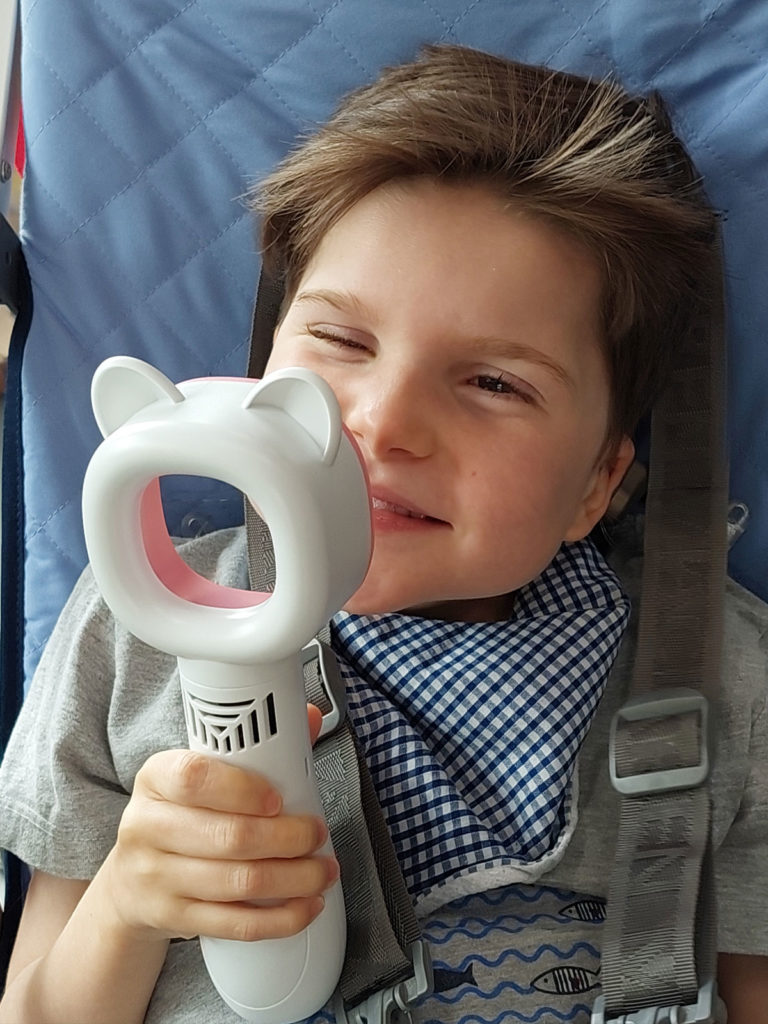
Deafblindness can be very isolating for a child.
But you can help a child like Luca find their magic and unlock a world of potential.
Your support means that our Children’s Support Workers will help disabled children to communicate using touch, movement and sensory toys.
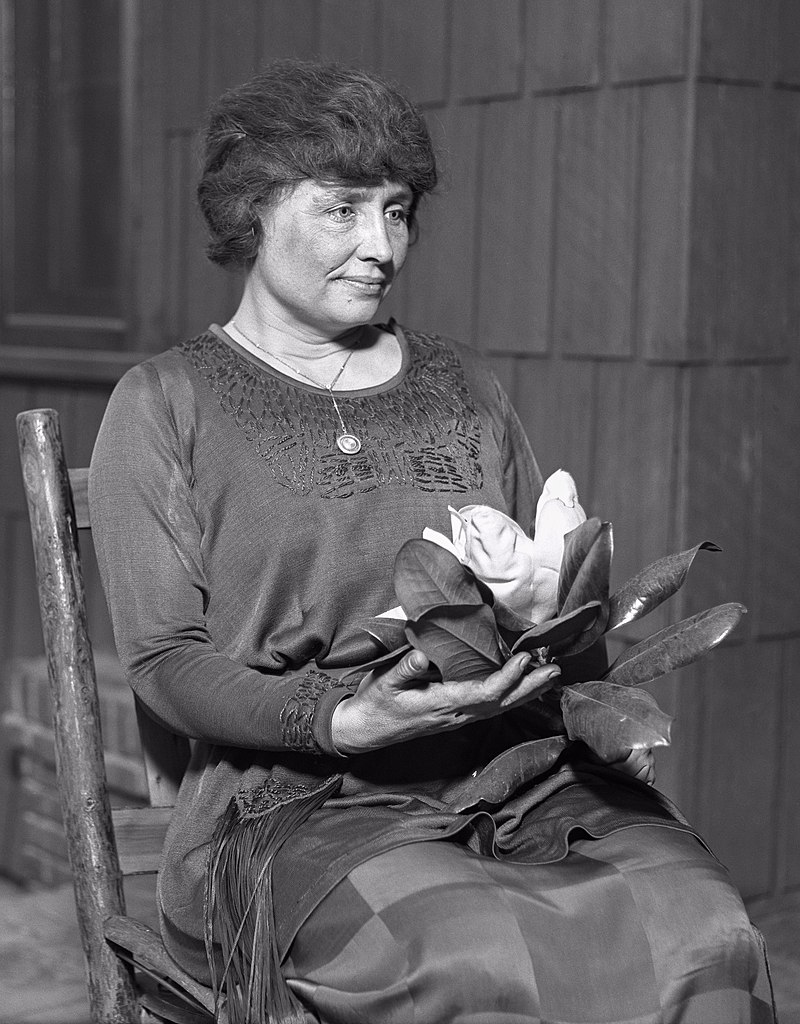
Who was Helen Keller?
Helen Keller was a deafblind activist and writer, who advocated for disability rights. She was born in Alabama, US, in 1880. She developed sight and hearing loss after an illness at 19 months.
She was a prolific author and speaker, who spent her life campaigning for the rights of deafblind and disabled people.
Without her tireless work, the world would be very different for people who are deafblind today.
Raising deafblind awareness at Sense
We support people who are deafblind all over the UK. At Sense, we believe everyone should be able to take part in life, no matter their disability.
Sense was founded over 65 years ago by two mothers of children who were deafblind. Peggy Freeman and Margaret Brock both contracted rubella while pregnant, and their children were born with congenital rubella syndrome, causing sight and hearing loss.
They fought for their children’s rights to live full, exciting lives. Today, we continue that mission by supporting people who are deafblind to go on holidays, learn new skills and live independently.
Get support from Sense
We offer support for people with complex disabilities, including deafblindness, all over the UK.

